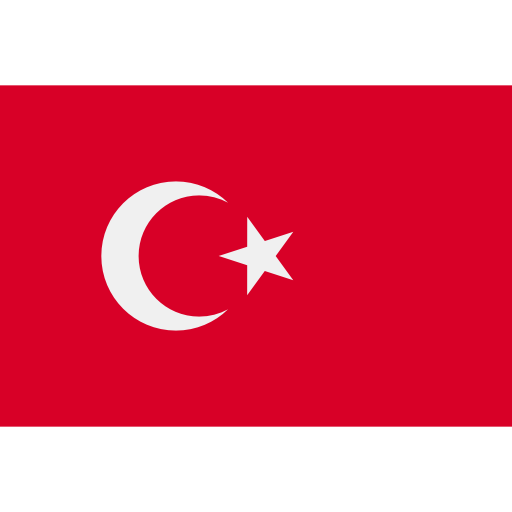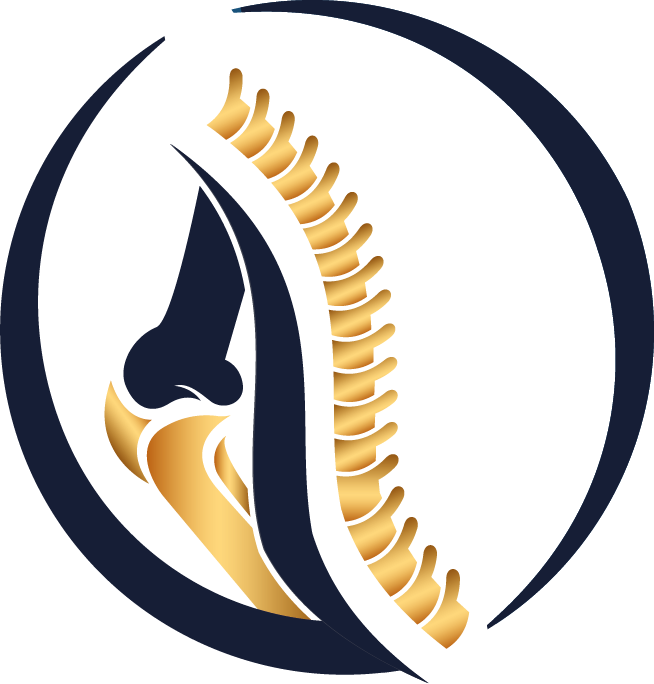Slipped Capital Femoral Epiphysis (SCFE): What Families Need to Know
This article is for education only and does not replace a medical evaluation.
Who Is at Higher Risk?
- Typically ages 10–16
- Slightly more common in boys
- Excess weight, rapid growth, and some hormonal conditions increase risk
Common Symptoms
- Groin, hip, thigh, or knee pain (knee pain often misleads)
- Limp and difficulty with stairs or running
- Limited hip motion, especially internal rotation while tying shoes
Red flag: If a child/adolescent has sudden pain and cannot bear weight, urgent assessment is required (unstable SCFE).
How Do We Diagnose It?
Hip X-rays (AP and frog lateral) are first-line. MRI may help detect early changes in the opposite hip or other causes. On exam, the leg often externally rotates when the hip is flexed (Drehmann sign).
Treatment Goals
- Stop the slip
- Protect blood supply to the femoral head
- Prevent future impingement (FAI) and early arthritis
Standard Treatment: In-Situ Fixation
In most stable cases, the slip is fixed in place using a single cannulated screw through a small incision. Surgery is brief; weight bearing is advanced gradually per your surgeon’s plan.
Severe Slips / Deformity
When the slip is larger, simple fixation may leave a cam bump at the head–neck junction causing impingement. In such cases, same-session or staged osteochondroplasty (contouring) or, more rarely, a corrective osteotomy may be considered.
Unstable Cases
Time is critical when the patient cannot bear weight. In experienced centers, options include modified Dunn procedures to restore alignment, or gentle closed reduction + fixation + capsular decompression. The choice depends on patient factors and team expertise.
What About the Other Hip?
The opposite hip can also slip over time. We individualize decisions using age, body habitus, X-ray angles (PSA), and sometimes MRI. In high-risk profiles, prophylactic fixation may be advised; in low-risk profiles, close follow-up is reasonable.
Recovery & Rehabilitation
- Stable + in-situ fixation: Early mobilization, graded weight bearing, and structured physiotherapy
- Unstable / larger corrections: More conservative protocols and longer follow-up
Potential Risks
- Avascular necrosis (AVN): Especially in unstable cases
- FAI/impingement and, later, arthritis
- Intra-articular screw penetration (rare with proper technique)
FAQs
Does the surgery stop growth?
The screw crosses the growth plate; a small change in neck growth may occur but usually doesn’t affect daily life.
When can normal walking or sport resume?
Daily walking improves over weeks in simple stable cases. Return to sport is gradual and individualized.
Does weight matter?
Yes. Weight management eases loading and may reduce risk to the other hip.
 Türkçe
Türkçe
 Arabic
Arabic

